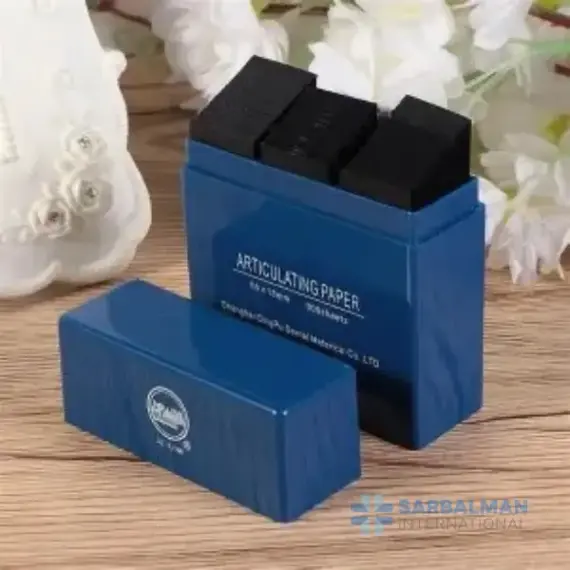Articulating Strips
Free!
Articulating strips are inked dental markers used to pinpoint bite contacts and high spots on teeth and restorations. The strip leaves clear, moisture-tolerant marks during biting and excursions, guiding precise adjustments. Flexible, tear-resistant material and multiple thicknesses make them ideal for crowns, bridges, dentures, implants, and orthodontic finishing. Choose dual colors to differentiate centric and excursive contacts and achieve faster, more comfortable occlusal equilibration.
Description
Articulating strips are thin, inked markers used by dental professionals to reveal occlusal contacts and high spots on natural teeth and restorations. When the patient bites, taps, or moves in excursions, the strip transfers precise colored marks that show where adjustments are needed. Strips are commonly made from coated paper or polymer film and are available in popular colors such as red and blue for easy contrast in a moist field. Many options are double-sided and saliva-resistant to provide clear, smudge-free markings.
Key features and benefits:
• Crisp, high-contrast markings for accurate occlusal analysis
• Available in assorted thicknesses for different clinical tasks, from fine finishing to initial adjustments
• Tear-resistant yet flexible material that adapts to cusps and fissures
• Moisture-tolerant coatings to reduce false positives in saliva
• Convenient strip format for quadrant or single-tooth checks without excess waste
Typical uses include checking contacts after placing crowns, bridges, onlays, inlays, veneers, and implant restorations; adjusting complete and partial dentures; evaluating equilibration during orthodontic treatment; and diagnosing interferences contributing to wear, sensitivity, or temporomandibular symptoms. Compared with full horseshoe sheets, articulating strips are faster for targeted checks and easier to maneuver in tight posterior areas. Versus traditional paper, advanced polymer films can deliver finer dots and resist tearing during lateral movements.
Suggested best practices:
• Dry the surface lightly for the first pass, then confirm under normal moisture
• Use different colors for centric and excursive contacts
• Start with a thinner strip for fine tuning; move thicker only if marks are inconsistent
Designed for consistent, readable contact patterns, articulating strips help clinicians work efficiently, protect new restorations, and deliver comfortable, balanced bites.




